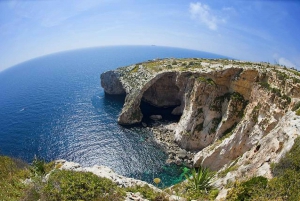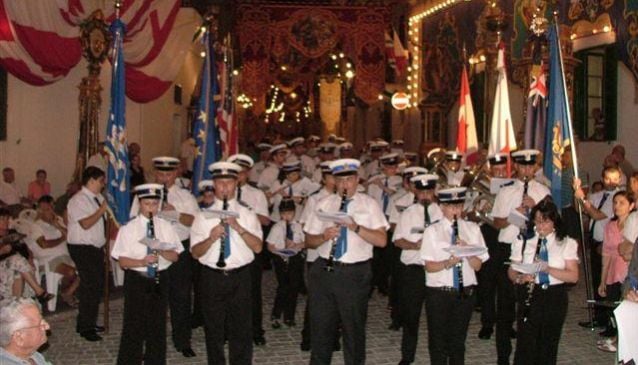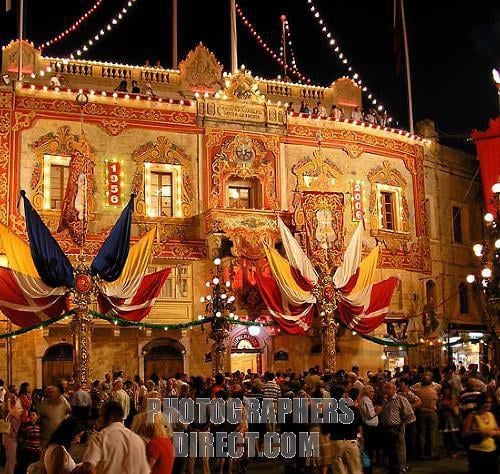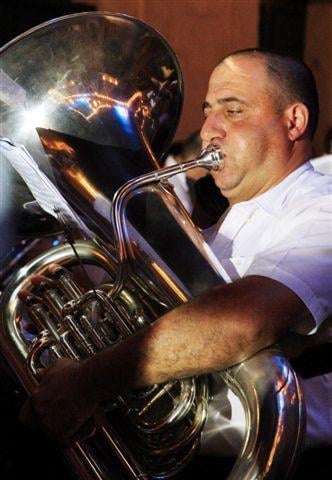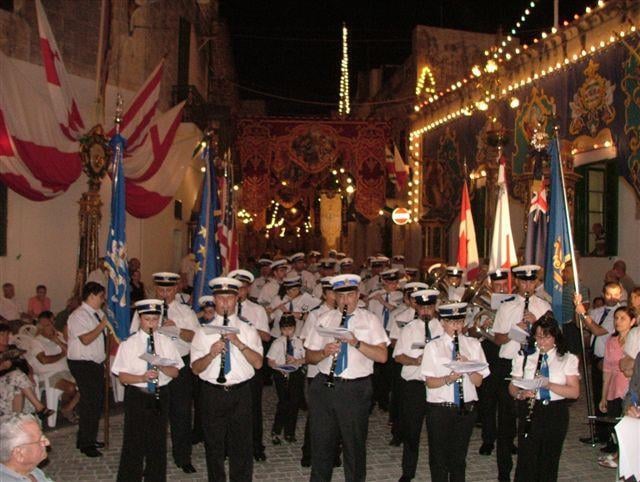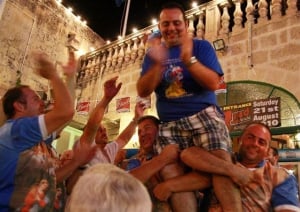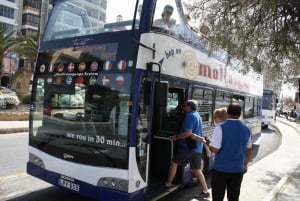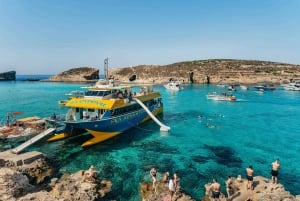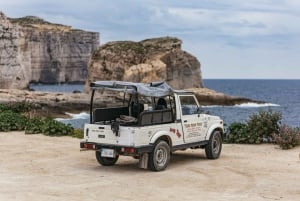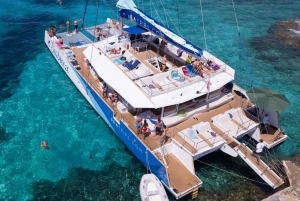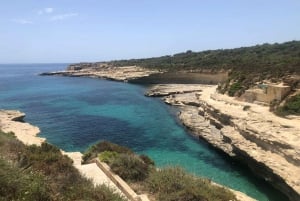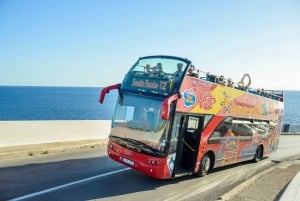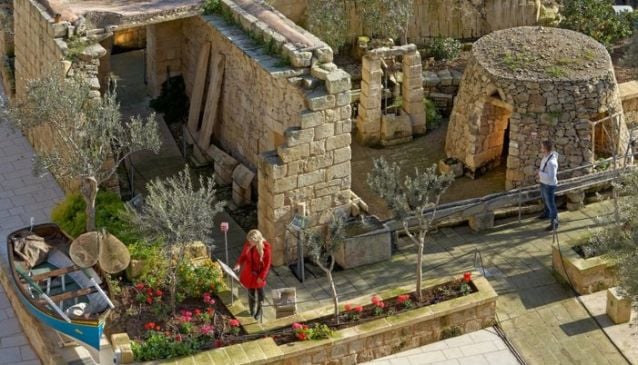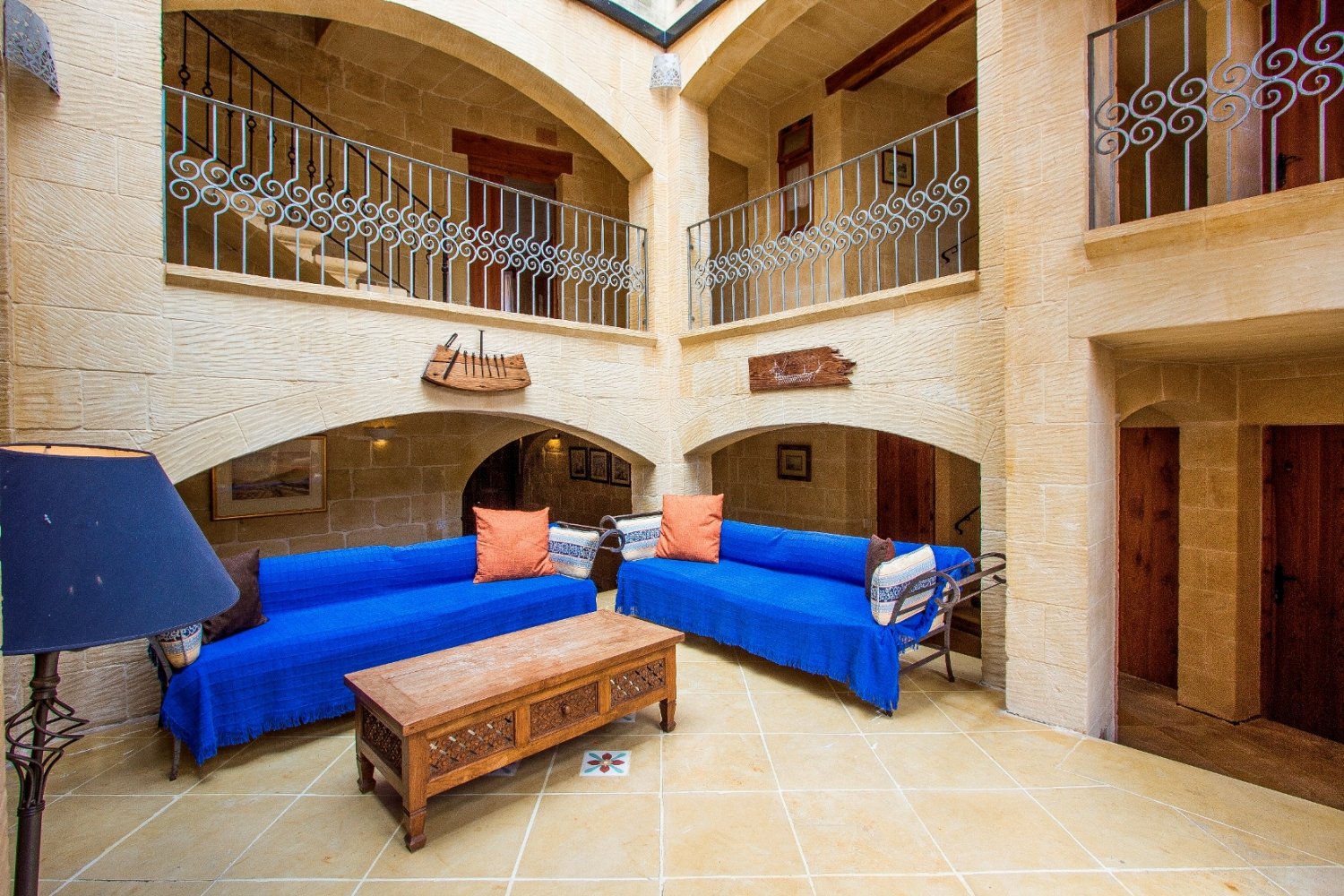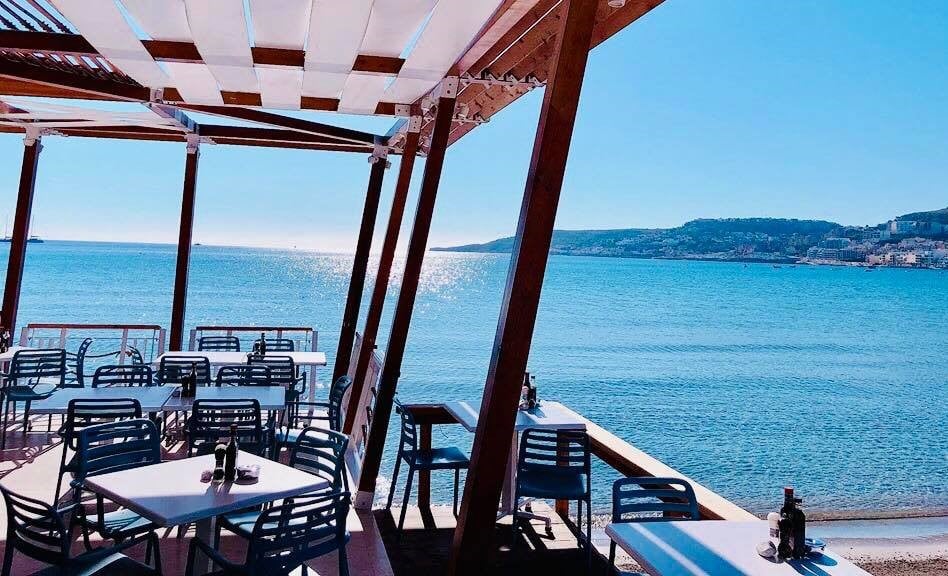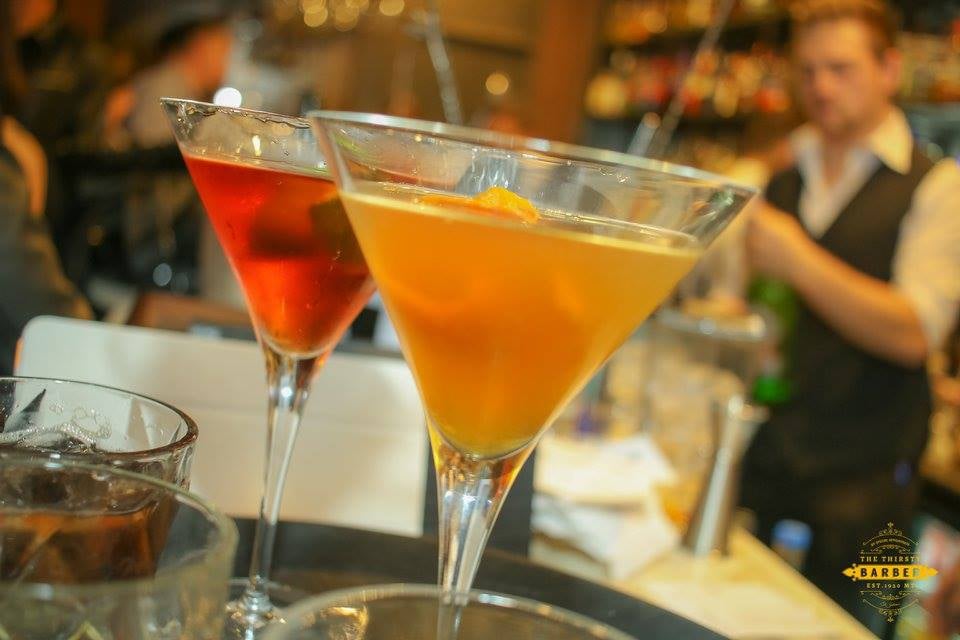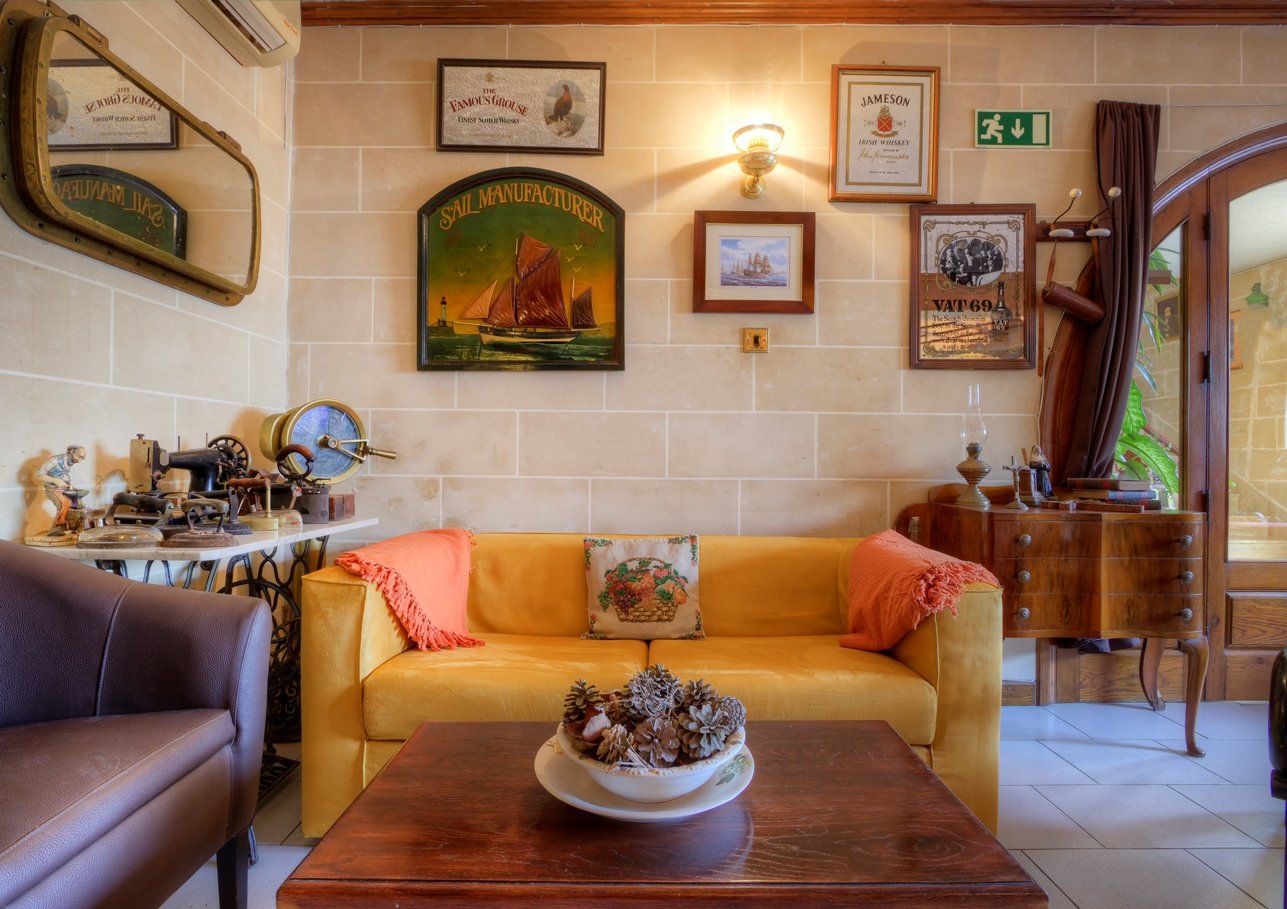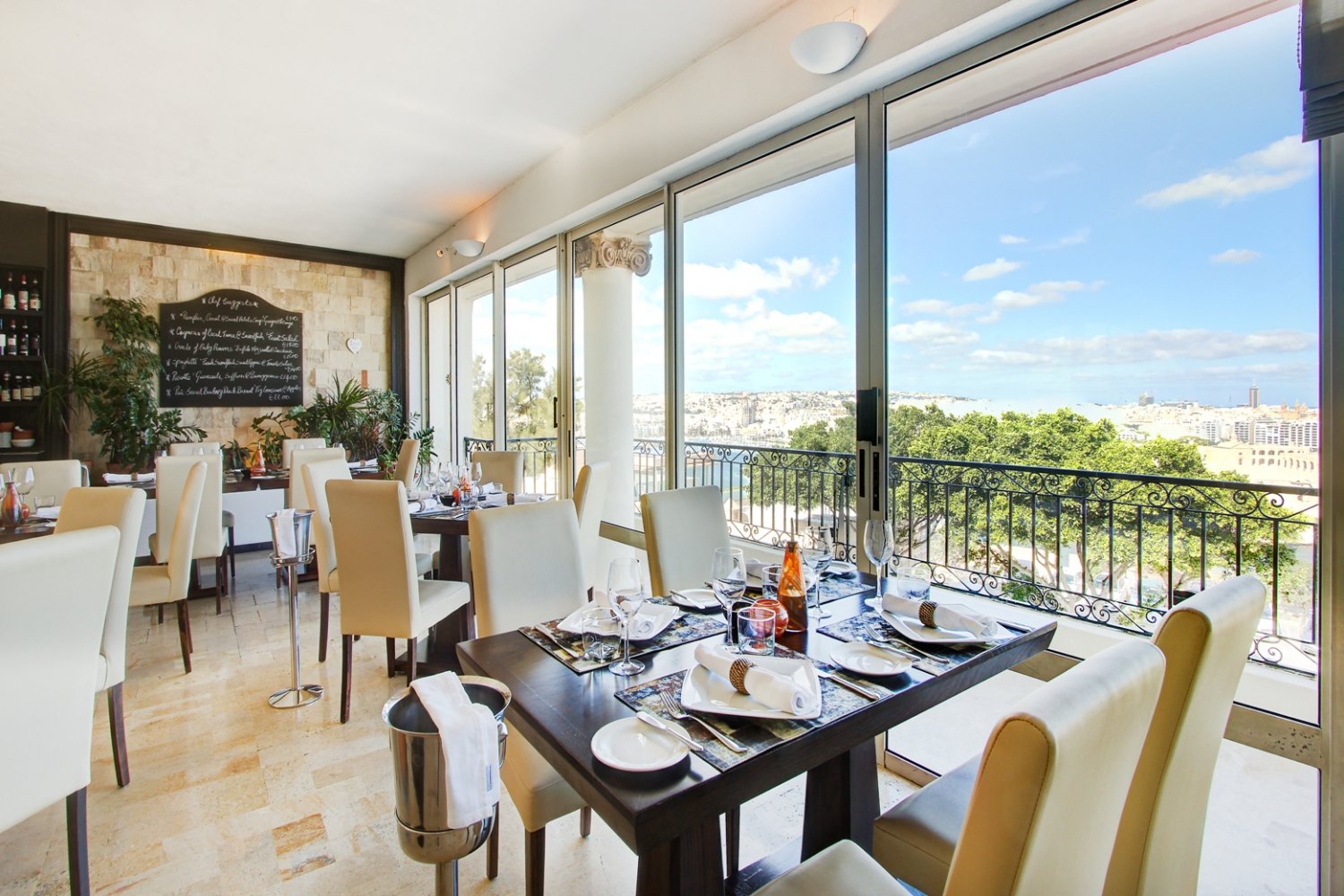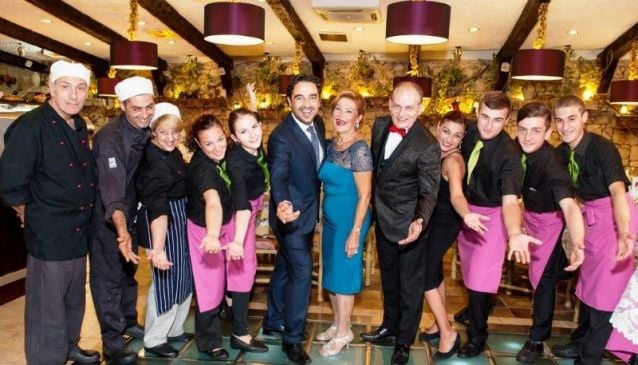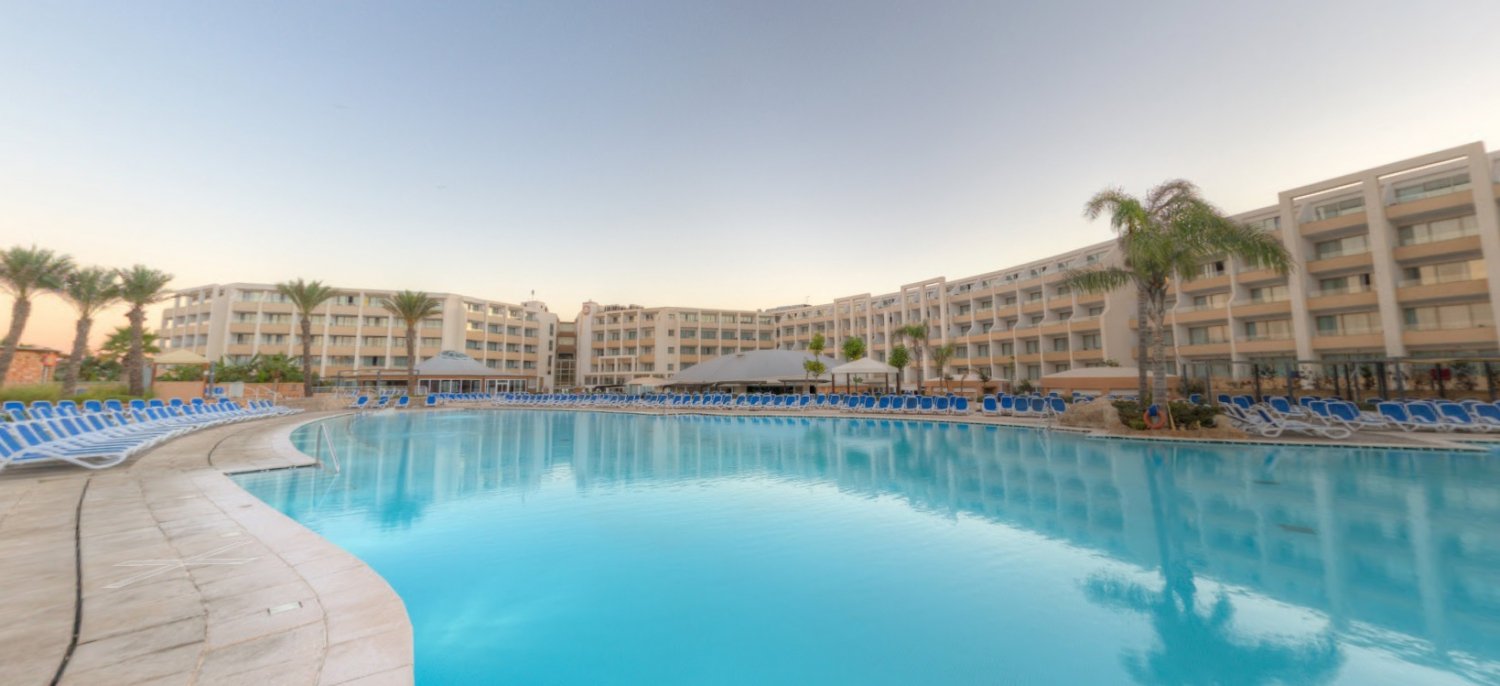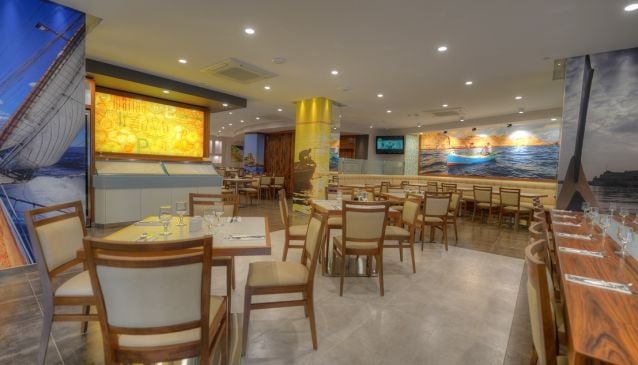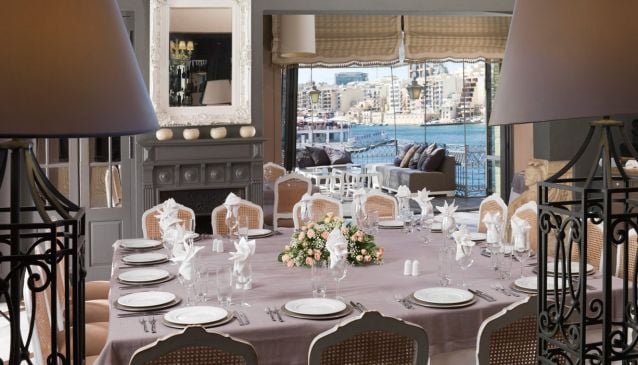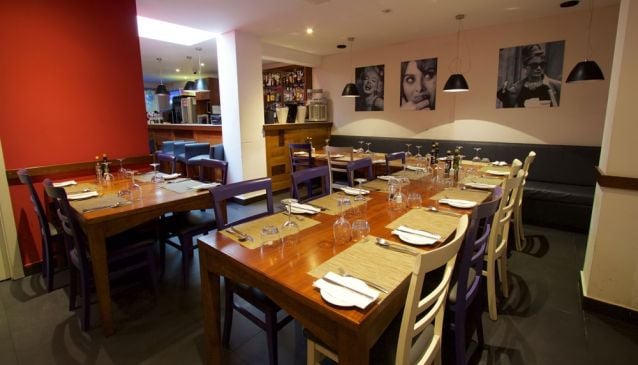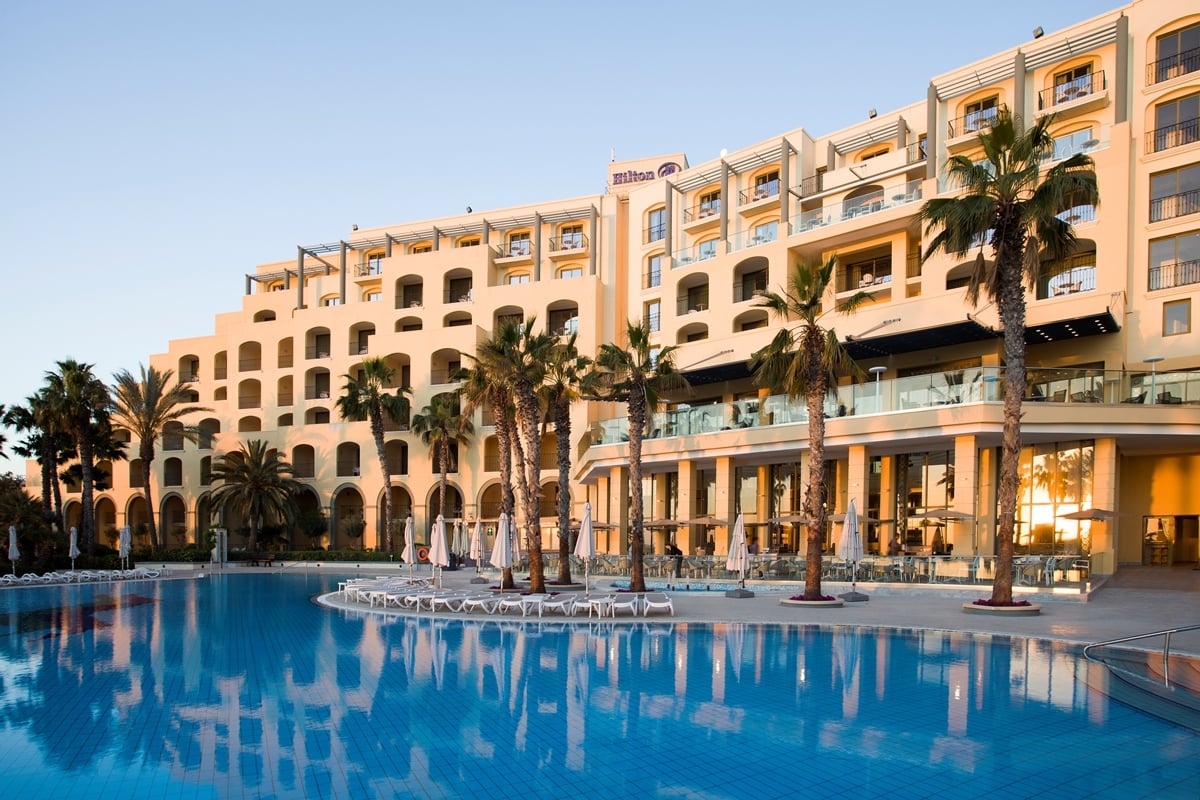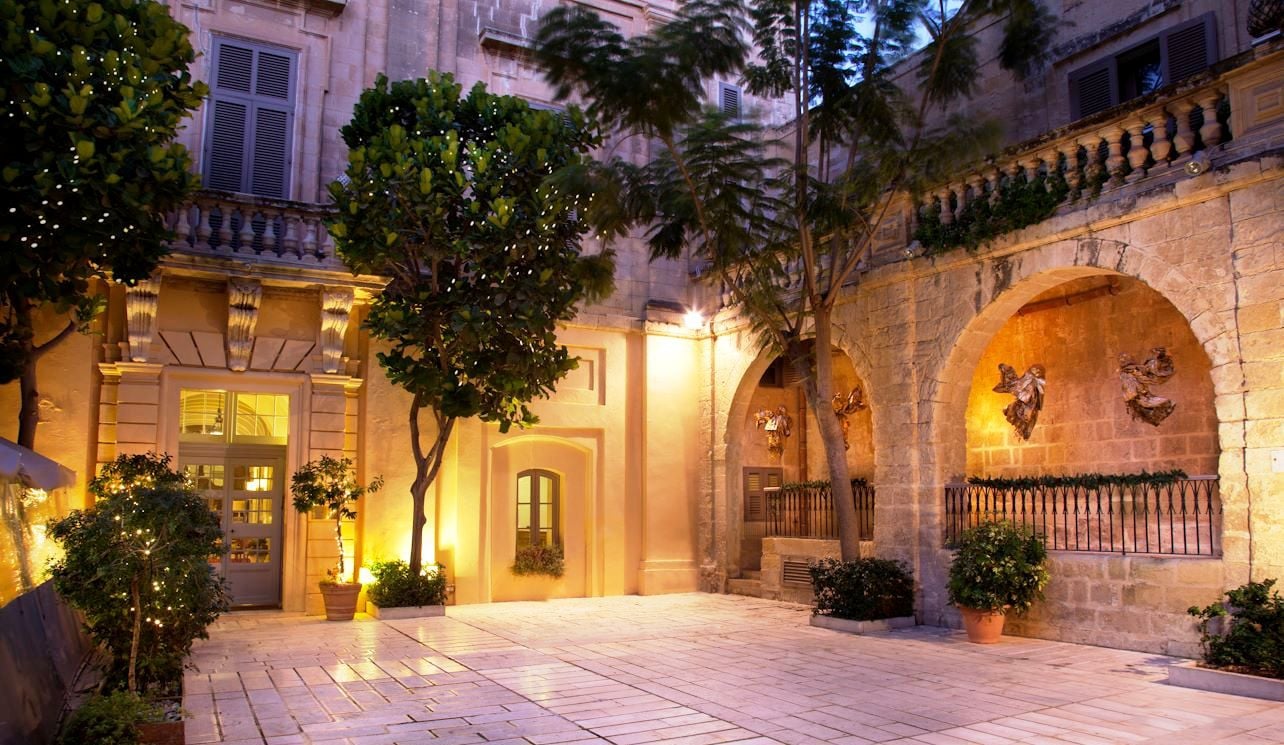Some Background
Maltese band clubs form an essential part of Maltese festa culture. Ever since the sixteenth century, feasts and processions in honour of the village patron saints have been accompanied by a music band. The bands may have consisted of only drums and flutes in those early days, however, in the nineteenth century, military influence saw the inclusion of several wind instruments so today we experience the fanfare of a full brass band.
During those years of war and hardship, many people could not afford to purchase instruments, so band clubs were established so members of the community and well-to-do merchants could intervene to assist those who were willing to learn an instrument and play during the festa. Several band clubs were established in the 1940s, and by 1947 there was a band club for every parish, and in some cases more than one. When the Malta Band Clubs Association was established in that year, there were about sixty band clubs.
To this day, the Malta Band Clubs Association is still recognised by the government and other important institutions as the represenatitive of 95% of the band clubs in Malta. Apart from playing a key role in the organisation of formal affairs relating to the band clubs, the Association also organises concerts and competitions and observes the feast of its own patron saint, the feast of Saint Cecily, the patron saint of musicians.
Band Clubs Today
Band clubs continue to be an essential part of village community life far beyond the playing of music for the patron saint. The band club's premises, known in Maltese as 'Il-Kazin tal-Banda,' is usually a meeting point for villagers, where older men exchange village gossip and younger men play snooker, and where teenage boys and girls eye each other from a shy distance.
Band clubs often include a youth section and a women's section too, and extend to anything from preparing elaborate hand-made decorations for the feast or managing fire-works production for the same occasion.
The approaching village festa provides the climax of excitement, with rivalry quite the norm when two or more band clubs exist in the same village. Club followers may paint themselves from head to toe in blue or green or any colour representative of their club for the occasion of the festa, while the band members are dressed in their finest with shiny brass instruments to flaunt their skills on this extra special day.
Usually a 'Xalata' is organised so that hundreds of members of the community can enjoy a day at the beach together as an extended celebration of the village feast. This usually involves truck-loads of people sporting the afore-mentioned colour to show allegiance to the particular band club, singing (yelling) chants and causing quite a theatrical scene on the road!
There is no argument that band clubs are an intrinsic part of Maltese village life and culture.
- Click here for a few examples of Band Clubs around Malta and Gozo.
